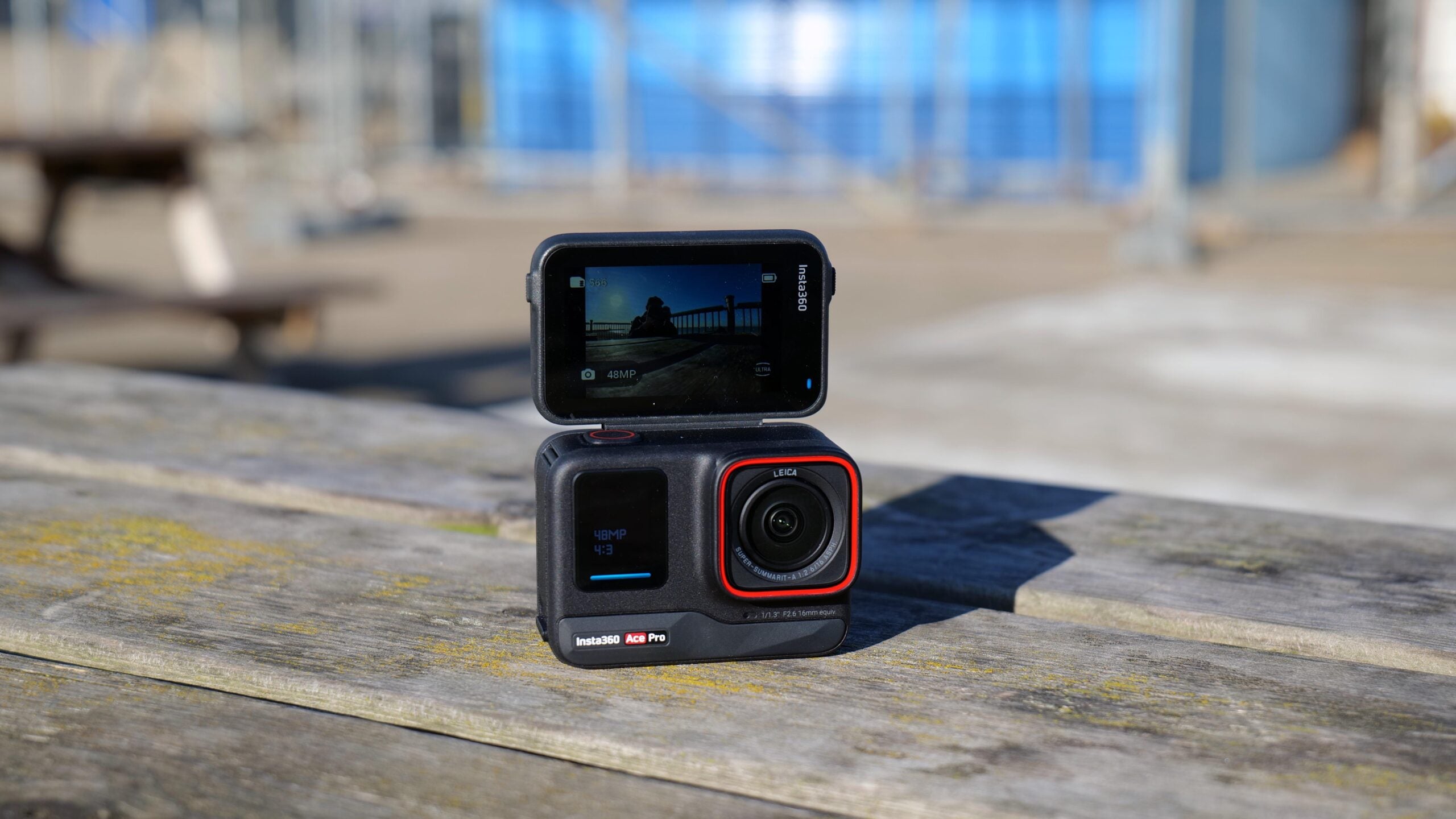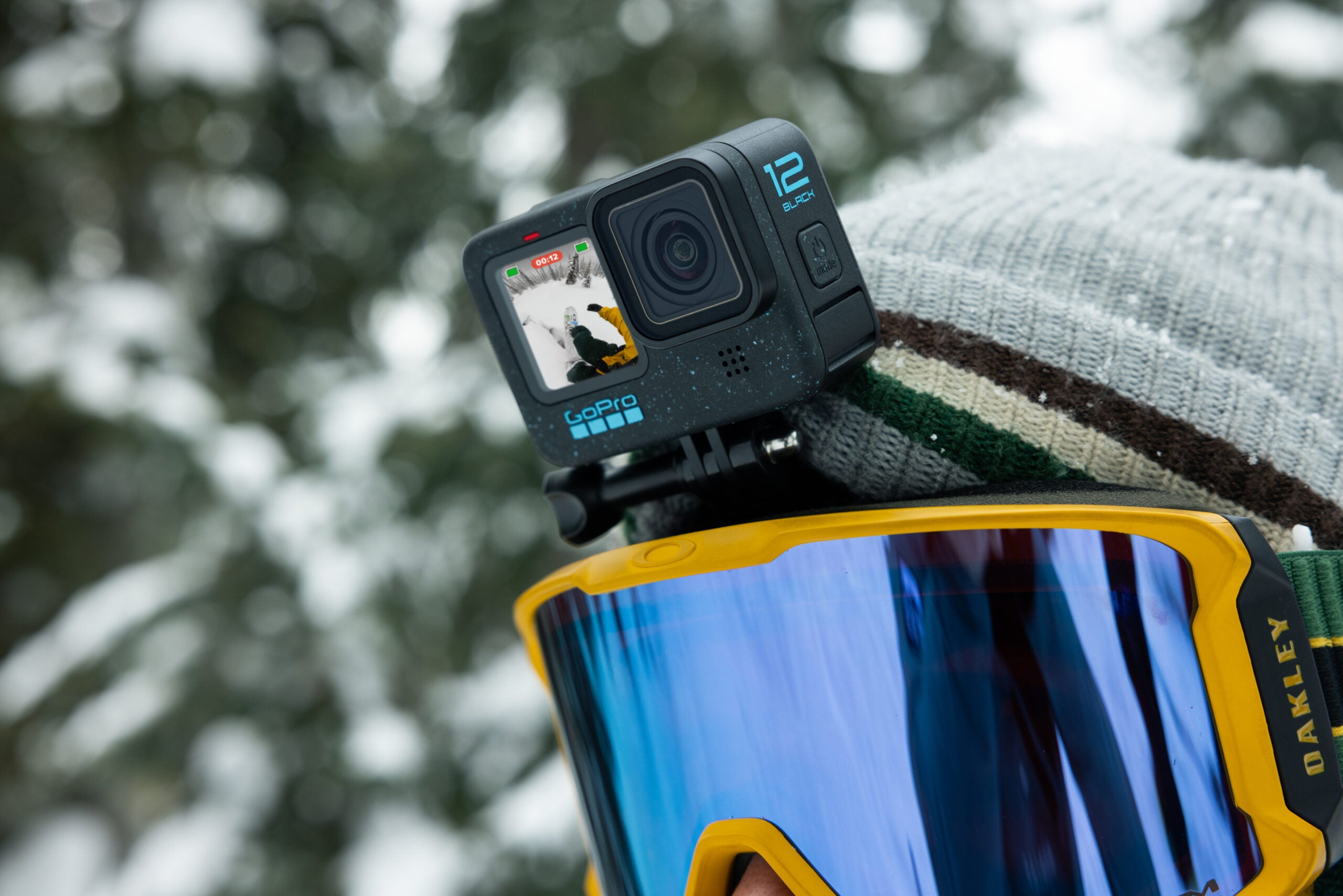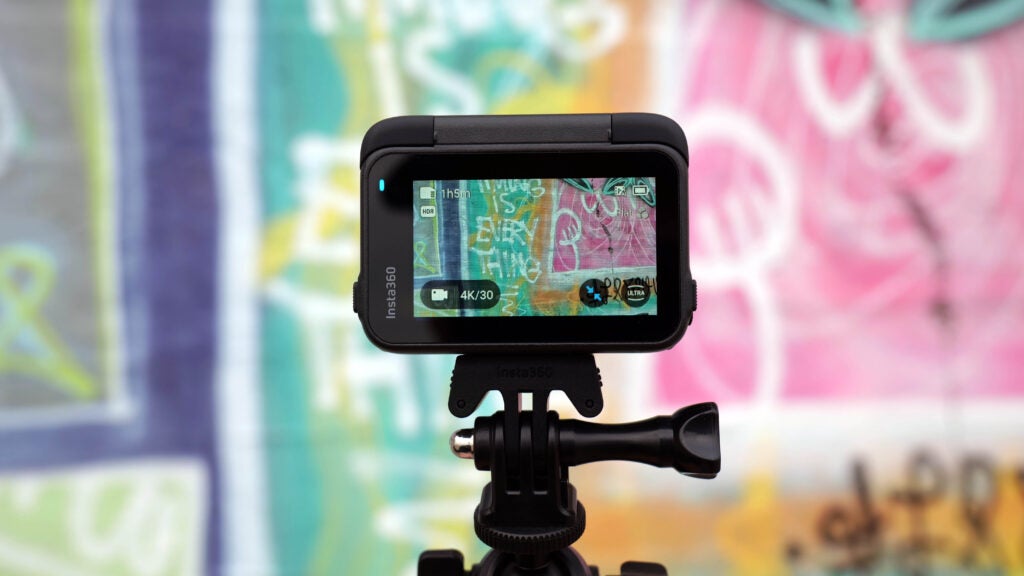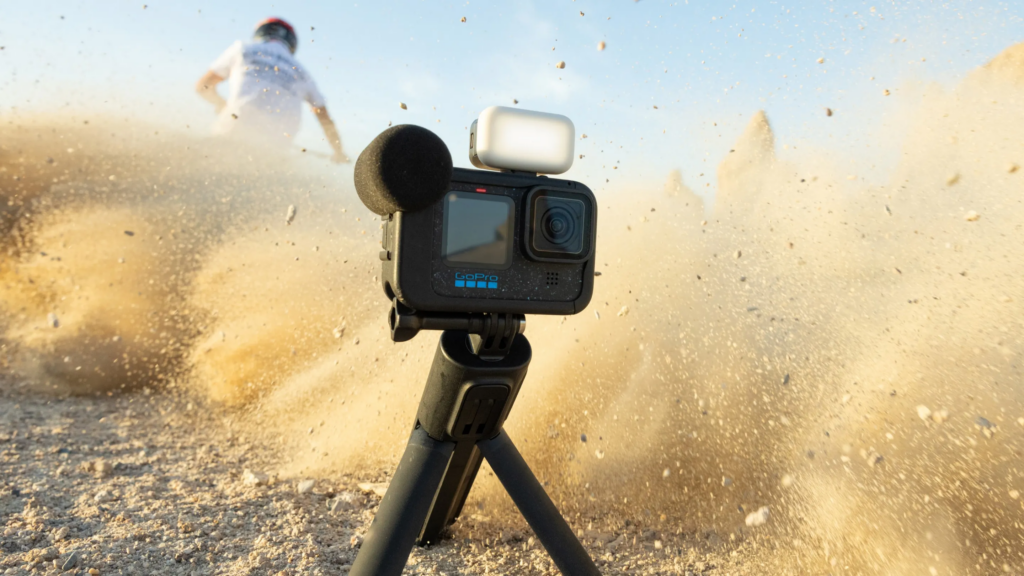Insta360 recently launched its first “traditional” GoPro-style action camera with the Ace Pro, but how does it compare to GoPro’s latest camera, the Hero 12 Black?
Insta360 isn’t new on the scene by any means, but all of the company’s previous action cameras have featured a less conventional look from compact modular designs to 360-degree cameras.
Even the Ace Pro has an extra trick up its sleeve in the form of a flip screen, but more on that below.
Scroll down to discover all the big differences between the Insta360 Ace Pro and the GoPro Hero 12 Black.
The Insta360 Ace Pro has a flip screen
One of the most striking differences between the Insta360 Ace Pro and the GoPro Hero 12 Black is the addition of a large 2.4-inch flip-up touchscreen on the Ace Pro.
The hinge on the display allows you to preview your shots on the back of the camera, at 90-degrees if you’re looking down at the camera from above and at 180-degrees when snapping selfies and vlogging.
The Ace Pro also has a small black-and-white front screen for displaying settings at a glance.
We found Insta360’s flip screen to be superior to the GoPro’s layout of one 2.27-inch touchscreen on the back of the camera and a smaller 1.4-inch colour display on the front due to the fact it adds a larger display with touch capabilities to the front of the camera.


The Insta360 Ace Pro can record 8K video
When it comes to sheer video resolution, the Insta360 Ace Pro comes out on top on paper with its 8K capabilities. However, the frame rate is limited to 24fps at this resolution, so you would likely want to drop down to 4K/60fps when recording fast-moving action.
The GoPro, on the other hand, is able to record in 5.3K at up to 60fps, as well as 4K at 60fps.
The GoPro Hero 12 captures sharper daytime video
Both cameras do a solid job in good lighting but we found the GoPro Hero 12 Black’s unedited, out-of-the-camera daytime video to be more pleasing to look at compared to the Insta360 Ace Pro.

The Insta360 Ace Pro has a bigger sensor
Low-light filming is another story thanks to the size of the Insta360 Ace Pro’s sensor.
The Ace Pro boasts a 1/1.3-inch sensor, whereas the GoPro Hero 12 Black has a slightly smaller 1/1.9-inch sensor. The Ace Pro’s larger sensor, along with AI-assisted noise reduction, aids the camera in darker settings and makes the Ace Pro one of the best small action cameras for capturing low-light footage.

The GoPro Hero 12 has built-in mounting fingers
Lastly, the two cameras feature different mounting mechanisms for attaching the camera to objects and accessories.
The GoPro Hero 12 includes built-in mounting fingers, allowing the camera to attach securely to more than 50 mounts, mods and accessories, including the Max Lens Mod 2.0, the Media Mod, the Light Mod and the Volta battery grip/tripod.
Insta360 has opted to include a magnetic clip on its own action camera. This mechanism allows the Ace Pro to fix onto a range of objects, including bikes, helmets, surfboards and selfie sticks. However, we did find that the magnetic clip could be fussy and sometimes felt securely fixed when it wasn’t attached to both clips.




